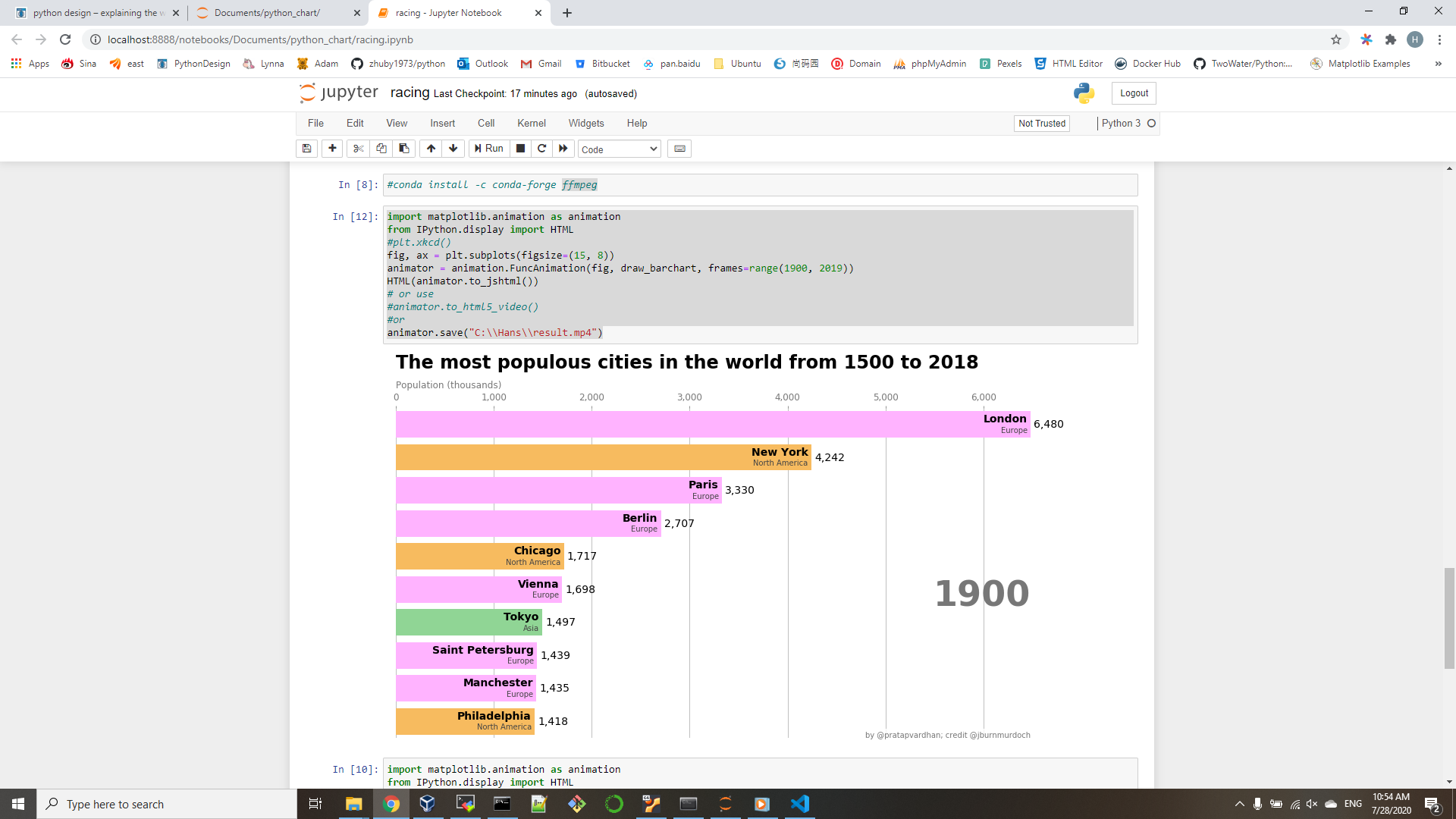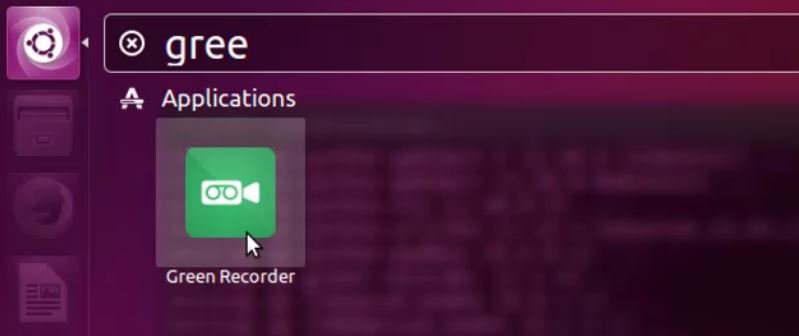
Step 2: Update your Serverīefore going through the steps to install ffmpeg on RHEL/CentOS 7/8 it is always recommended to update your server using yum update -y command as shown below. Please Check How to Add User to Sudoers to know more about providing sudo access to the User. You can check Top 22 YUM command examples in RedHat/CentOS 7to know more about yum command.Ĭ) You need to have root or sudo access to run privileged commands. Simple and Easy Steps to Install FFMPEG on RHEL/CentOS 7/8Īlso Read: 10 Easy Steps to Install psacct or acct User Activity Monitoring Tool on RHEL/CentOS 7/8 Step 1: PrerequisitesĪ) You need to have a running RHEL/CentOS 7/8 System.ī) You should have yum tool installed in your Server. Here we will look into the steps in detail with examples to install ffmpeg utility on RHEL/CentOS 7/8. It is very frequently used by Multimedia Organizations to convert large RAW audio/video files to platform specific format file such as mpeg, mkv, webm, ogg etc. ffmpeg contains audio/video codec library and other important libraries to encode and decode multimedia files. ffmpeg is a free and open source command line tool in Linux based servers for handling video, audio and other multimedia files.

The file.In this article, I will show you simple and easy steps to install ffmpeg on RHEL/CentOS 7/8. The first part (/usr/local/bin/ffmpeg/ffmpeg) is where the file is located after I untarred

Ln -s /usr/local/bin/ffmpeg/ffmpeg /usr/bin/ffmpeg

If you want to be able to execute FFMPEG from any directory, simply create a symlink into /usr/bin like this: Static/64bit/include -static’ –extra-ldflags=’-L/root/ffmpeg-static/64bit/lib -static’ -Įxtra-libs=’-lxml2 -lexpat -lfreetype’ –enable-static –disable-shared –disable-ffserver -ĭisable-doc –enable-bzlib –enable-zlib –enable-postproc –enable-runtime-cpudetect -Įnable-libx264 –enable-gpl –enable-libtheora –enable-libvorbis –enable-libmp3lame -Įnable-gray –enable-libass –enable-libfreetype –enable-libopenjpeg –enable-libspeex -Įnable-libvo-aacenc –enable-libvo-amrwbenc –enable-version3 –enable-libvpxĦ. The output should look something like thisīuilt on 05:45:47 with gcc 4.6 (Debian 4.6.3-1)Ĭonfiguration: –prefix=/root/ffmpeg-static/64bit –extra-cflags=’-I/root/ffmpeg. Run it and check what the latest version is The file should now be in /usr/local/bin/ffmpeg. Latest version of FFMPEG – as of this writing, it was .gzĦ. Go to static build directory at and pick the

Inside the /usr/local/bin directory, create an “ffmpeg” directoryĥ. It would probably work this way for any Linux distributionġ. I just received this excellent how-to from AWS Support and it worked for me on my Amazon Linux AMI release 2013.09.


 0 kommentar(er)
0 kommentar(er)
